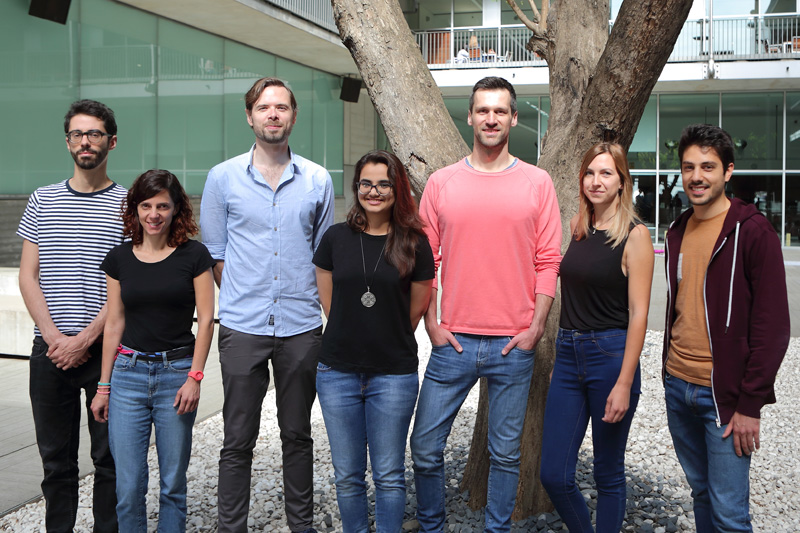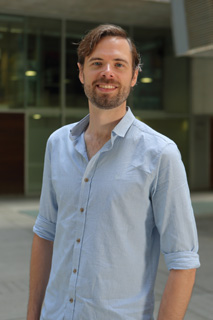 Stroustrup Lab
Stroustrup Lab
 Systems and Synthetic Biology
Systems and Synthetic Biology
- Group page
- Research lines
- Group members
- Publications
2017 - Group Leader at the Centre for Genomic Regulation (CRG), Barcelona (Spain)
2013 - Independent Research Fellow, Harvard Medical School, Boston (USA)
2013 - Ph.D. in Systems Biology, Harvard University, Cambridge (USA)
2005 - B.S.E in Electrical Engineering, Princeton University, Princeton (USA)
Addtional information is available on our research website
News
How to make ageing a ‘fairer game’ for all wormkind (21/06/2024)
Why do some people live for longer than others? The genes in our DNA sequence are important, helping avoid disease or maintain general health, but differences in our genome sequence alone explain less than 30% of the natural variance of human life expectancy.
Biomarkers used to track benefits of anti-ageing therapies can be misleading (29/09/2022)
A team lead by Dr. Nicholas Stroustrup, Group Leader at the CRG’s Systems Biology research programme, has developed the ‘Lifespan Machine’, a device that can follow the life and death of tens of thousands of nematodes at once.
CRG scientists receive €5m to research cancer, ageing and evolution (03/09/2019)
Nick Stroustrup, also a Group Leader in the Systems Biology research programme, is the third recipient of funding for his project SYSAGING, which aims to develop new ways of mapping the molecular changes associated with ageing and disease.
Summary
We all age. Our bodies change so slowly over time that we often notice only by accident--something new in the mirror, a physical task we can no longer perform as quickly or for as long, an unfamiliar injury or an illness that lasts a little longer then it did last time. Later in life, these changes begin to cause illness and ultimately drive a rapid increase in the risk of death
Our research group seeks to link the macroscopic symptoms of aging to their molecular origins. In aging, a variety of mechanisms contribute at short, medium, and long time scales. Furthermore, aging appears to involve a substantial degree of random chance. To tackle this complexity, we incorporate techniques from a wide range of fields--molecular genetics, reliability engineering, bioinformatics, statistical physics, survival analysis, high-throughput imaging, and stochastic modelling. Focusing on C. elegans as a model system, we seek to develop experimental and computational methods in parallel to help us characterize where, when, and why aging occurs, and how we might effectively intervene in its progression.

( C. elegans schematic from wormatlas.org . Insulin signalling diagram from Olivares-Reyes "Molecular and Cellular Endocrinology" 2009 )
We are currently building a high-throughput imaging cluster at the CRG that will allow us to run the equivalent of several large clinical trials a week using C. elegans as model patients.
Our group is expanding! Scientists at any stage in their careers interested in joining an interdisciplinary team should get in touch.
Aging is
- A multi-scale problem, involving a large set of interacting degenerative changes observable across organs, tissues, cells, and the molecular components of cells.
- A multi-factorial process, influenced simultaneously by our diets, our environment, our behavior, and the genes we inherit from our parents
- A slow-moving stochastic phenomenon in which chance appears to play a major role.
News
Recent Publications: Google Scholar Page
Video links:
Our group pursues a variety of projects in dynamical systems and the molecular genetics of aging. We ask questions like—how do many different genes interact to drive aging? Why do some individuals live longer than others? How do changes at the molecular level influence organismal changes in the nature and timing of death? Why is the heritability of lifespan so low? We also persue a variety of technology development projects including synthetic biology approaches and imaging technology development.
For more information, see our research website.






